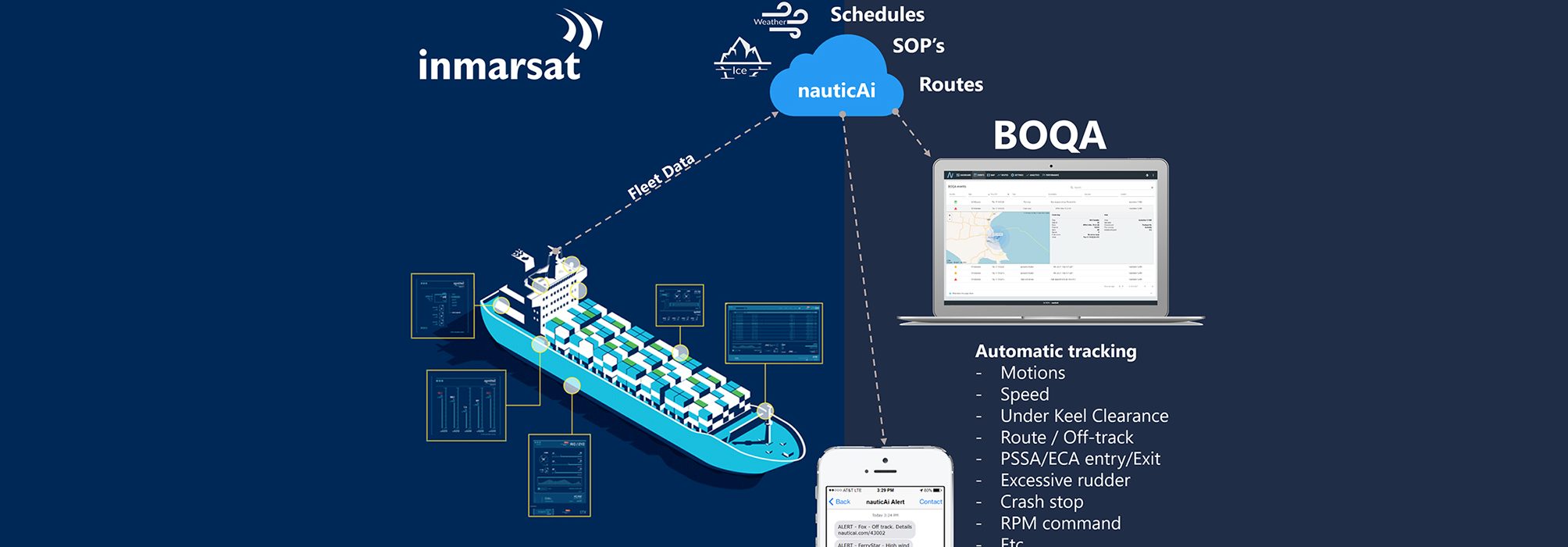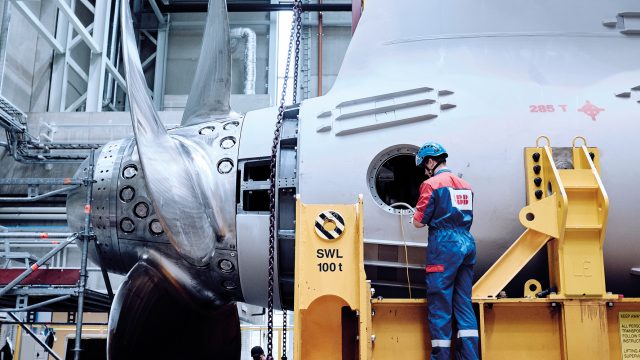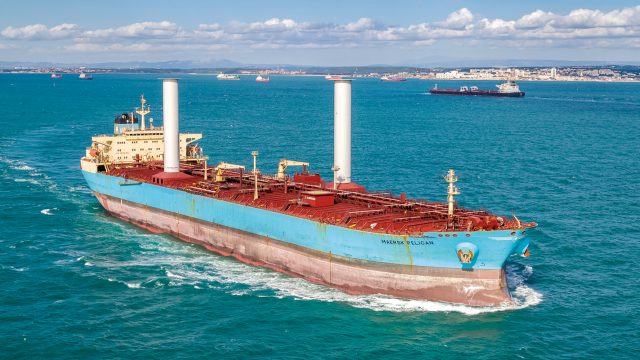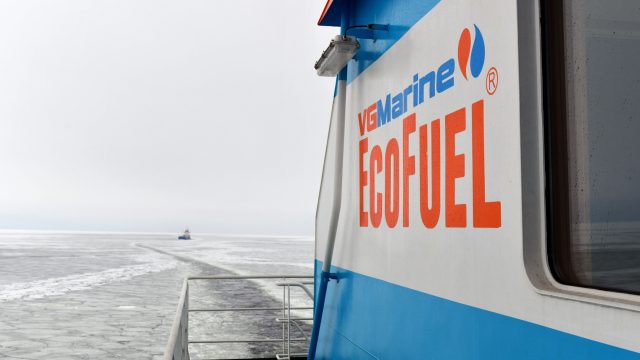Fleet Data aims to make shipping smarter by collecting data from meters and sensors located on ships and sending the information to Inmarsat’s central database for analysis.
Fleet Data, which was developed by the British satellite communications company Inmarsat and the Danish company Danelec, was commercially launched in 2019. The Finnish company NauticAi uses the Fleet Data API in its own BOQA (Bridge Operations Quality Assurance) solution. This agreement opens up good opportunities for Finns to develop their own services.
NauticAi’s founder, Captain Henrik Ramm-Schmidt, says that working with Inmarsat will help NauticAi to collect vessels’ route and other data more easily and affordably – in other words, without having to build expensive infrastructure themselves.
“We can focus on our own expertise and create affordable cloud solutions for our customers,” says Ramm-Schmidt.
NauticAi’s situational data, performance and weather services are used by shipping companies such as Tallink-Silja, Meriaura, Containerships and Eckerö.
Modelled on aviation
Ramm-Schmidt says that BOQA was developed in the aviation industry. The solution was introduced a few years ago on cruise ships operated by major shipping companies, such as the Royal Caribbean and Carnival.
BOQA uses artificial intelligence to automatically collect data about, for example, atypical behaviour on the bridge. The system monitors route selections, weather data, the vessel’s movements, power outages or emergency stops. New functions are continually being developed for the system, such as reporting on near misses.
In addition to its collaboration with Inmarsat, NauticAi is also involved in the Maritime AI-NAV project, which is funded by the European Space Agency (ESA). This project is exploring the use of artificial intelligence in autonomous vessels. TallinkSilja’s Megastar is a test ship in this project.
Utislising open data
A few years ago, the Finnish Meteorological Institute launched a pilot for seafarers that included making its weather forecasting model available to everyone in the Amazon cloud. The data itself has already been open access since 2013. This new distribution channel makes weather data easily available to companies and other organisations such as NauticAi. Open data promotes innovation and insights.
“We want to enhance the use of weather data. Making open weather data available on the AWS cloud platform lowers the threshold for its utilisation. Developers and companies can quickly, easily and flexibly create applications via the cloud service. It will also reduce the load on the Finnish Meteorological Institute’s own servers,” says Roope Tervo from the Finnish Meteorological Institute.



































